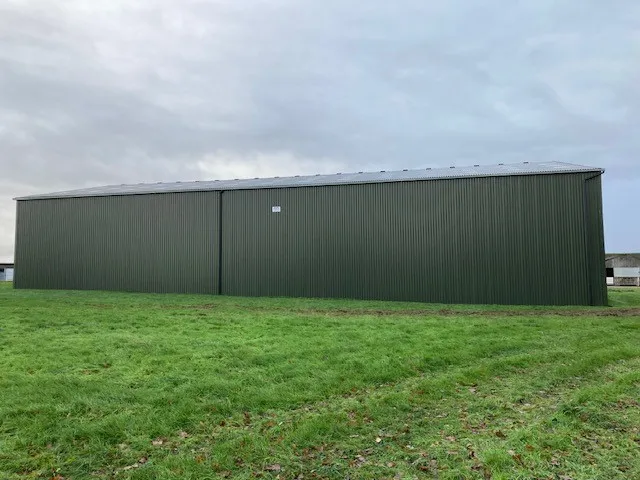- Afrikaans
- Albanian
- Amharic
- Arabic
- Armenian
- Azerbaijani
- Basque
- Belarusian
- Bengali
- Bosnian
- Bulgarian
- Catalan
- Cebuano
- Corsican
- Croatian
- Czech
- Danish
- Dutch
- English
- Esperanto
- Estonian
- Finnish
- French
- Frisian
- Galician
- Georgian
- German
- Greek
- Gujarati
- Haitian Creole
- hausa
- hawaiian
- Hebrew
- Hindi
- Miao
- Hungarian
- Icelandic
- igbo
- Indonesian
- irish
- Italian
- Japanese
- Javanese
- Kannada
- kazakh
- Khmer
- Rwandese
- Korean
- Kurdish
- Kyrgyz
- Lao
- Latin
- Latvian
- Lithuanian
- Luxembourgish
- Macedonian
- Malgashi
- Malay
- Malayalam
- Maltese
- Maori
- Marathi
- Mongolian
- Myanmar
- Nepali
- Norwegian
- Norwegian
- Occitan
- Pashto
- Persian
- Polish
- Portuguese
- Punjabi
- Romanian
- Russian
- Samoan
- Scottish Gaelic
- Serbian
- Sesotho
- Shona
- Sindhi
- Sinhala
- Slovak
- Slovenian
- Somali
- Spanish
- Sundanese
- Swahili
- Swedish
- Tagalog
- Tajik
- Tamil
- Tatar
- Telugu
- Thai
- Turkish
- Turkmen
- Ukrainian
- Urdu
- Uighur
- Uzbek
- Vietnamese
- Welsh
- Bantu
- Yiddish
- Yoruba
- Zulu
okt . 04, 2024 08:09 Back to list
The Conventional Steel Building A Testament to Durability and Versatility
Conventional steel buildings have stood the test of time as a cornerstone of modern construction. Their robust structure, cost-effectiveness, and adaptability to various uses make them a preferred choice for both commercial and industrial applications. The evolution of building materials and techniques has only enhanced their significance in today's architectural landscape.
At the heart of conventional steel buildings is the use of steel as a primary structural element. Steel offers exceptional strength-to-weight ratios, allowing architects and engineers to design larger spaces without the need for excessive support columns. This capability results in open floor plans that are ideal for manufacturing facilities, warehouses, and even retail spaces. Furthermore, steel’s resistance to various environmental factors—such as wind, earthquakes, and fire—ensures long-lasting durability and safety.
One of the significant advantages of conventional steel buildings is their construction speed. The prefabrication of steel components in controlled factory environments facilitates faster assembly on-site. This efficiency not only accelerates project timelines but also minimizes labor costs and disruptions. As demand for rapid construction grows, the conventional steel building approach aligns perfectly with the needs of an ever-evolving market.
conventional steel building

In addition to their structural benefits, conventional steel buildings offer remarkable design flexibility. Steel can be easily molded and shaped to meet aesthetic needs, allowing architects to break away from monotonous designs. With advances in technology, the possibilities for customizations—such as unique facades and integrated sustainable systems—are virtually limitless. This adaptability enables businesses to create structures that reflect their brand identity while still fulfilling functional requirements.
Sustainability is also an essential consideration in modern construction, and conventional steel buildings rise to the occasion. Steel is infinitely recyclable, reducing the carbon footprint associated with new materials. Many construction projects now prioritize using recycled steel, further contributing to sustainable development goals. Moreover, steel structures can be designed to accommodate energy-efficient systems, such as solar panels and green roofs, thus promoting eco-friendly practices in the long run.
However, it is vital to recognize that the success of conventional steel buildings relies on proper planning and execution. Key factors such as site selection, zoning regulations, and environmental impact assessments play significant roles in ensuring that these structures fulfill their intended purpose.
In conclusion, conventional steel buildings represent an evolution in construction that emphasizes strength, versatility, and sustainability. Their ability to meet diverse needs—from manufacturing facilities to modern office spaces—highlights their importance in contemporary architecture. As technology advances and sustainability remains a priority, conventional steel buildings will undoubtedly continue to play a pivotal role in shaping the future of construction.
-
Cold Formed Steel Residential Framing
NewsMay.21,2025
-
Innovative Steel Structure Building Solutions
NewsMay.19,2025
-
Innovative Prefab Metal Shed Solutions
NewsMay.19,2025
-
Durable Steel Horse Shelter Solutions
NewsMay.19,2025
-
Durable Metal Shed Solutions
NewsMay.19,2025
-
Durable Big Metal Shed Solutions
NewsMay.19,2025
Products categories
Our Latest News
We have a professional design team and an excellent production and construction team.












